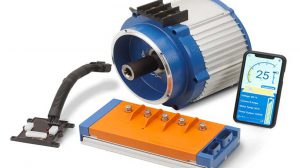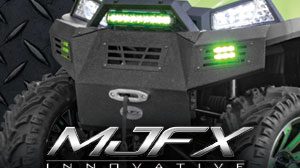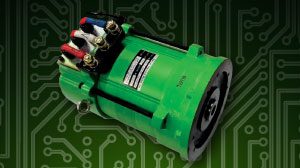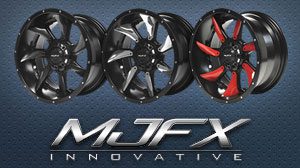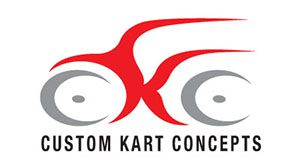By: Matt Vallez
The LSV tax incentives that expired at the end of 2009 seam like déjà vu, a return to the California ZEV mandate that inspired the NEV’S of the late 90’S. The State of California’s zero-emission vehicles mandate and later compromise with the big three American auto companies brought us vehicles like the Ford “Think”, Chrysler “GEM” and the General Motors “EV1 sports coup”. The majority of these vehicles were purposely built to meet the letter of the law of California Air Resource Boards zero emissions laws. Many were leased and later crushed, as the manufactures only built them as a stopgap measure that would allow them to continue to sell there other products: gas powered automobiles. These vehicles were just a means to an end that did not have anything to do with promoting electric vehicles.
The similarity in both cases was the meteoric rise in popularity of electric vehicles that are capable of replacing a gas powered automobile. Although the ZEV Mandate was ultimately a failure for electric vehicles in California it has promoted the NEV and its close relative the LSV as a viable replacement for an automobile in other markets.
Almost ten years later, the federal and state tax incentives that expired at the end of 2009 created a mini boom in the LSV market again, although this time it was nationwide. The LSV market was on fire in 2009. Names like Fairplay, Columbia, Star, Tomberlin, and Stealth were among the early adopters, with Club Car and EZGO quickly behind. All benefited from both the popularity of the LSV and a nearly $6,000 federal tax credit incentive, not to mention some equally generous state tax credits as well. All these incentives have once again driven the LSV market to new heights.
This time, there were no two year leases, or crushing of vehicles as they came off lease because they were considered commercial albatross. What we have is a vehicle distinction that was created by tax incentives; only this distinction is a vehicle niche that is in high demand. People want these LSV cars. They have proved that by the numbers of units they bought in 2009. Are they buying LSV’S to replace cars with them or as an extra vehicle? No one knows the answer for sure. The way the media attacked the tax incentive, you would think it will not be something that will be brought back.
The problem that the LSV faces going forward will be a lack of incentives for the vehicles. The most obvious one is the tax incentive has gone from $6,000 plus state incentives to less than a thousand, unless solar is part of the deal. The next problem is the less obvious. Local law enforcement does not distinguish between a LSV and NEV or modified golf car. If it is legal for any of these, most local law enforcement will permit all of them on the road. Then there is the premium that you pay for a LSV that is properly equipped with all the correct safety gear from the factory. Why pay the premium if there are no incentives, either positive like tax credits or negative incentives like law enforcement requiring all the correct safety gear to have access to the roads…
The golf car industry and all manufactures of golf car type vehicles would greatly benefit from any program that promotes the use of LSV’S instead of automobiles. This would finally give the industry some of the economies of scale that the auto industry has enjoyed. If all parties involved could do what so many other industries do and lobby Washington to produce legislation creating incentives similar to those in 2009, everyone would benefit. Without some better incentives positive or negative, like law enforcement that makes a distinction and actually requires the higher level of safety features that are part of today’s LSV’S, the LSV will not repeat its 2009 pace. Yes, the LSV is here to stay, and many automobiles will be replaced by LSV’S every year, but incentives are needed to help return to the frenzied buying and popularity that occurred at the end of 2009. Just a thought.





